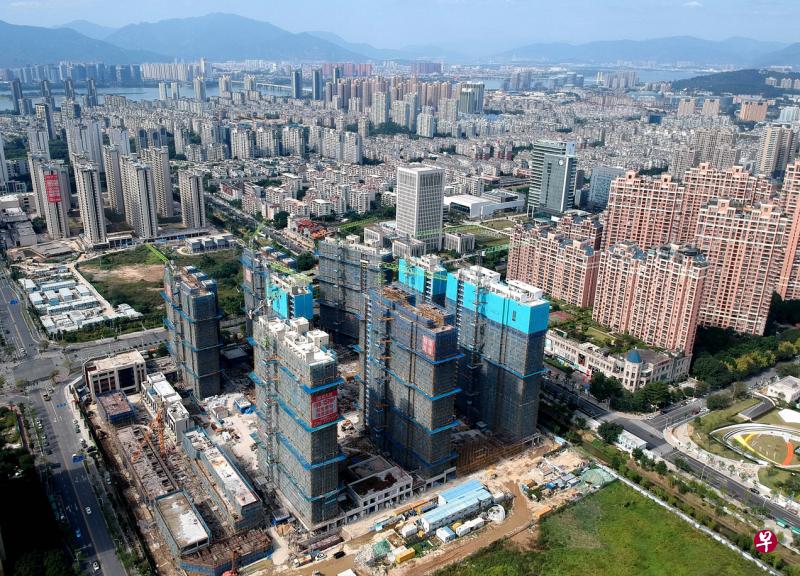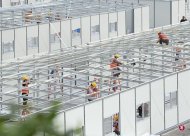
A research report shows that the cumulative sales performance of China's top 100 real estate companies in the first 11 months of this year, whether it is full -caliber, trading caliber or equity caliber, a decrease of more than a year -on -year decrease exceeded the year -on -year decrease of exceeding the year -on -year decrease exceeded exceeding the year -on -year decrease.40 %, and short -term sales are still weak.
(Beijing / Shanghai Comprehensive News) The intensive stimulus policies issued by China have failed to effectively boost the property market.A research report shows that the cumulative sales performance of China's top 100 real estate companies in the first 11 months of this year, whether it is full -caliber, trading caliber or equity caliber, a year -on -year decrease of more than 40 %.
Comprehensive Surging News and 21st Century Economic Herald News, the Kerri Real Estate Research Center under the Yiju Enterprise Group released the above report on Friday (December 2) stating that this year's final sales of Chinese real estate companies should only be 20 billion yuan.Home, compared to the number of 43 billion housing companies last year.
China ’s annual sales of more than 100 billion yuan in housing companies were 6 in 2015, and then increased year by year. In 2016, it was 11, and in 2018, it increased significantly to 29.This number is the same as in 2020.
Kerry research data shows that in the first 11 months of this year, the full -caliber sales amount of the top 100 housing companies in China (RMB, Same as S $ 257.6 billion), a year -on -year decrease of 43.3%.The same period of 2020 decreased by 42.3%.
Among the listed real estate companies that publicly disclose the annual targets, the target completion rate of most companies as of the end of November is less than 80%, and many housing companies are even less than 70%.The goal completion of most enterprises in the first November of the first November was significantly lower than the same period of 2021. The goal completion of some enterprises decreased by more than 20 percentage points year -on -year.
is limited by the epidemic, multi -point city property market is in "half -stop"
The report states that due to the large number of domestic epidemic in China, many urban property markets are in a "semi -stop" state, and the supply area of 30 cities has fallen by nearly 40 % year -on -year.
On the other hand, the lack of market confidence is limited by the continuous pressure of the real economy, the employment and income of residents are expected to decline, the demand for preventive savings has increased, and credit demand has always been weak.
Ker Rui said that the current three arrows of "credit, bonds, and equity" have fully supported the financing of housing enterprises, and the "blood transfusion" high -quality real estate companies resume the "blood -making" function.To "the coexistence of the rescue project and the rescue enterprise".However, it is worth noting that most real estate companies still face greater debt repayment pressure. The core of the improvement of enterprise operations is the sales side.
TheReport believes that in the context of short -term sales, only by waiting for the expected restoration and demand side to improve, the market for the market, and the protection of sales repayments can make companies truly out of their predicament.
The Memorial Research Institute released the monitoring data earlier also showed that in the first 11 months of this year, the sales of top 100 housing companies in China fell 42.1%year -on -year.
According to the construction scale of different sales scale, the average sales value of the top ten housing companies in China in the first November of this year was 278.39 billion yuan, a decrease of 34.8%from the previous year; the average sales value of 11 to 30 housing companies was 911.9 billion yuan.Compared with the previous year, 47.2%; the average sales value of 31 to 50 real estate companies and 51 to 100 housing companies were 46.10 billion yuan and 23.94 billion yuan, respectively, a year -on -year decrease of 51.1%and 42.3%, respectively.



